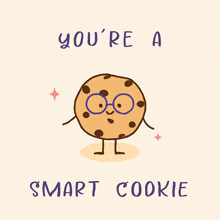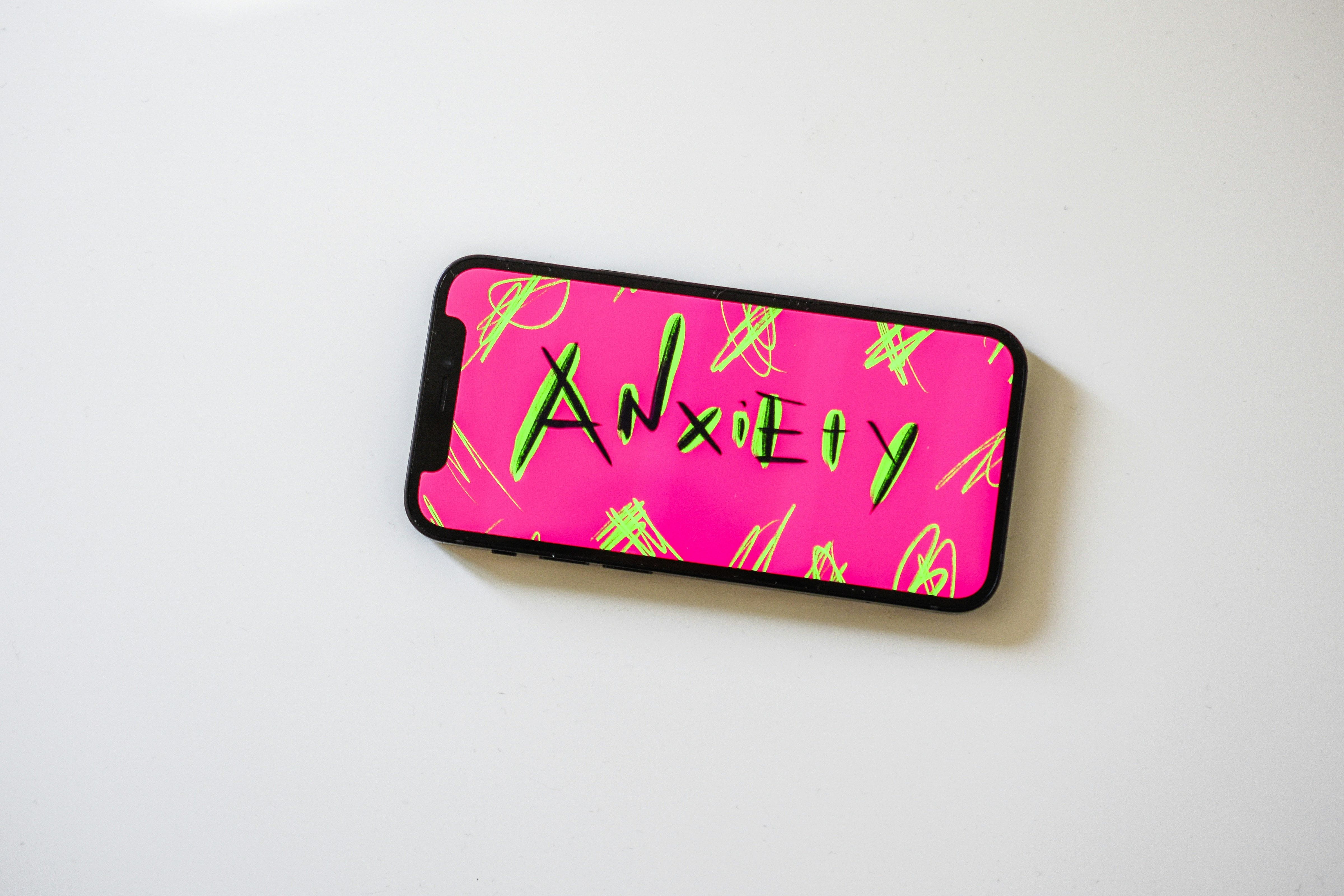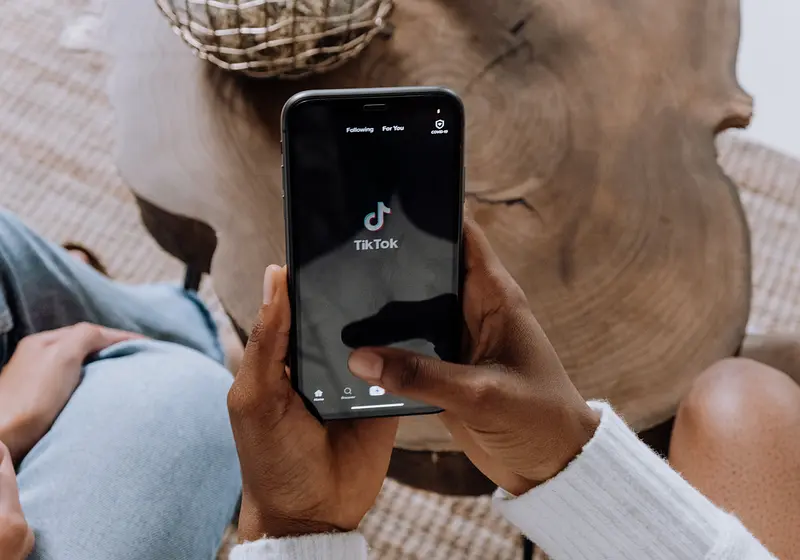With mental health becoming less stigmatized, more and more people are taking to TikTok to share their stories. Today, #MentalHealth has over 19.6 million posts. But is this influx of content helping us heal… Or is it creating new problems?
TikTok has evolved since it was launched in 2018- a time I remember as exclusively lip-syncing and viral dances. Yet, the formula remains the same, even in new communities.
A huge proportion of mental health content is a list of generalized symptoms accompanying trending music. Within a few minutes of searching today, I found a TikTok with the title ‘signs you have ADHD’. According to the video, which featured a girl dancing to upbeat music, if you showed signs of ‘daydreaming’, ‘forgetfulness’, and ‘carelessness’ you likely had ADHD.
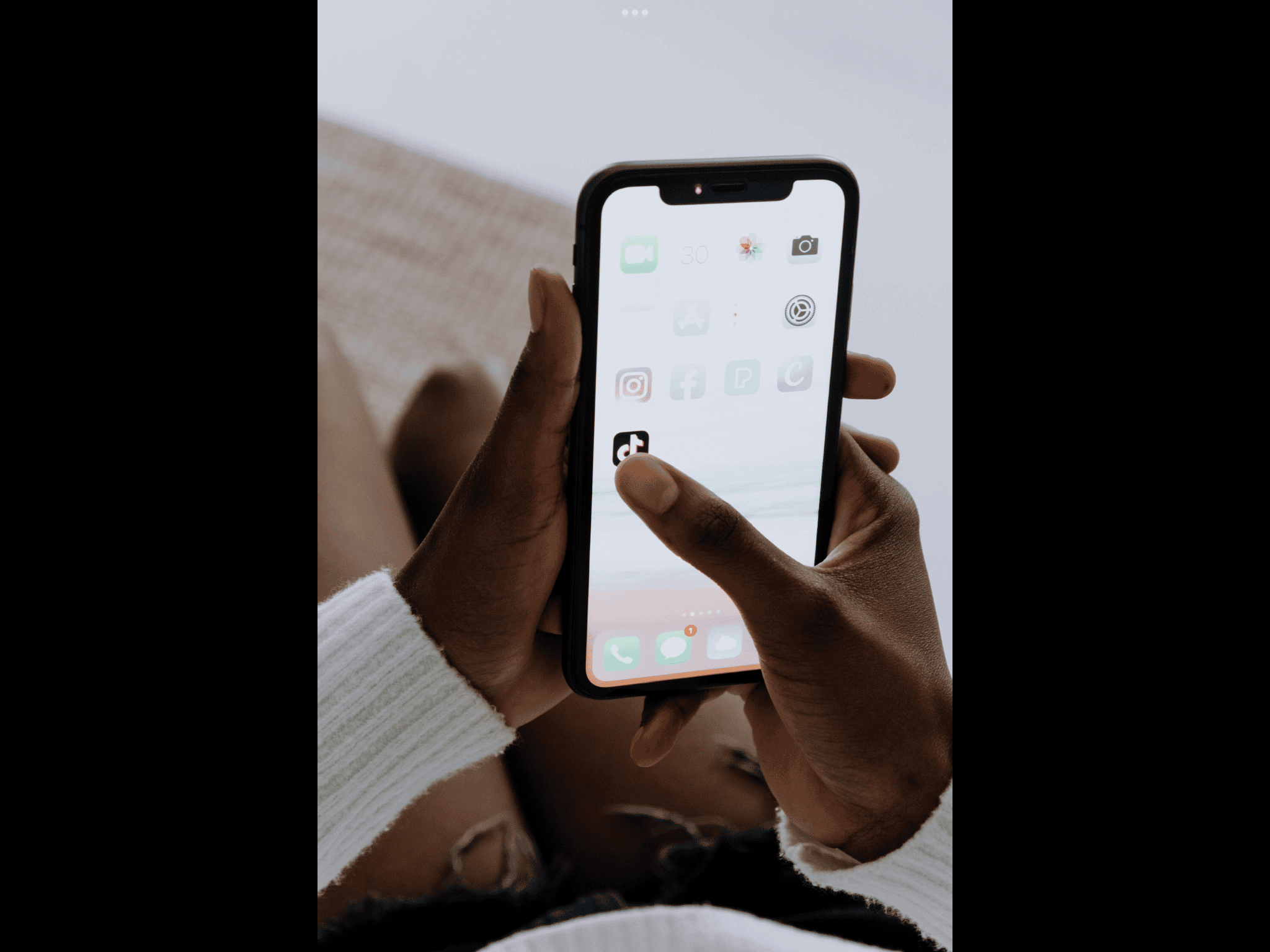
Misinformation
To someone analysing from afar, it’s clear this isn’t reliable information. In fact, Researchers from plushcare recently discovered 83.7% of mental health advice on TikTok is misleading.
However, the challenge becomes harder when we look at videos from creators with thousands of followers and a perceived credibility. Then, imagine you’re a young teenager, struggling with your mental health. You have no support from mental health services, you want to understand your symptoms and, subconsciously, you want to belong to a supportive community. You might be spending hours online every day, and the algorithm is showing you more and more content about ‘ADHD’ or ‘dissociation’ that just fits what you are going through.
Most content has no disclaimers emphasizing if a creator isn’t qualified to give advice. Moreover, it is rarely stressed that symptoms present differently for everyone.
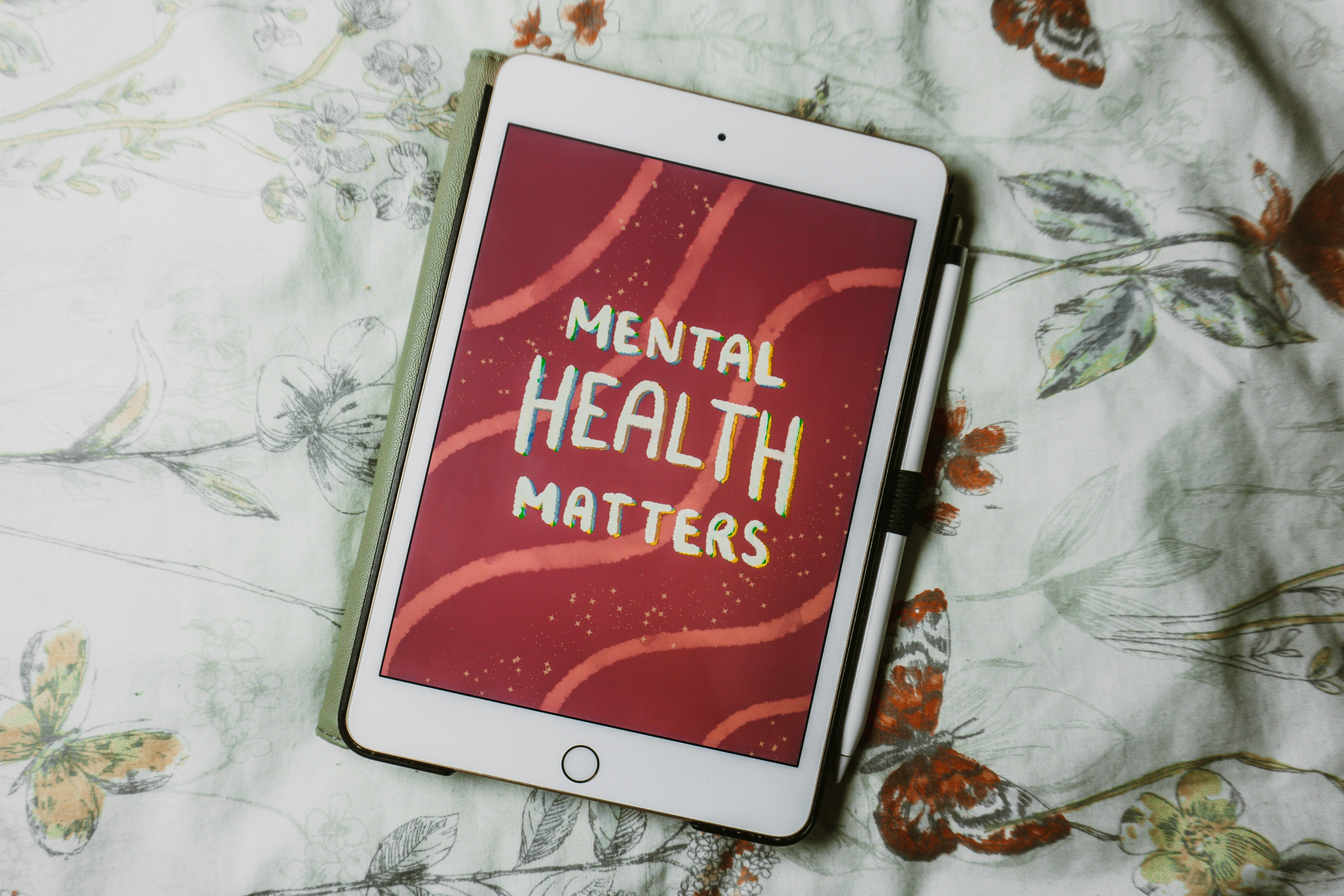
Credit: Emily Underworld from Unsplash
Self-diagnosis
Psychologist and content creator, Sanam Naran, spoke to the BACP about the benefits of TikTok for people who cannot access therapy- to share their experiences and simple coping techniques. This was prominent in the pandemic when society felt a shared sense of uncertainty and anxiety.
However, she also warned about the risks in self-diagnosis- which can lead to getting the wrong support or advice. She emphasized: “Autism can sometimes look like complex trauma, or ADHD can sometimes look like bipolar.”
In some cases, TikTok is creating more anxiety for users who worry they have certain conditions, and experience placebo symptoms.
Humour and mental health
For the mental health community, humour plays a massive role in self-acceptance and ultimately healing. But the impact of these second-long TikToks risks portraying mental health issues like OCD as a ‘cute quirk’ that many people have. Not only is this invalidating for suffers, it also means they are more misunderstood on a day-to-day basis due to widespread misinformation.
And this devastates me. For decades, people with mental health issues have fought not to be stereotyped. We’ve fought to get the help we need.
We’ve fought to be understood. In 2024, when information is at our fingertips, we should be at the pinnacle of mental health progress. Yet due to this over-saturation of content, it feels like we are going backwards.
People with mental health conditions exist. And, with the state of our mental health services globally, thousands are forced to try to understand their symptoms alone. There are credible resources online, and there are people who do their research and find that symptoms they’ve battled their whole life, could have a name.
However, TikToks influence is damaging the credibility for these people. Due to a rise in young people experiencing the ‘TikTok effect,’ many are being met with increased skepticism when they share with a professional a possible diagnosis. From my own experience, I remember gaining the courage to share that I was experiencing anxiety, and the first thing I was asked was if I had ‘seen something online’.
Questions for the future
Naran, alongside other creators such as Dr Julie Smith, a UK-based clinical psychologist, is calling on TikTok users to take caution with online advice. Allegedly, Under 18’s make up 27.47% of TikTok’s US demographic. Yet, with no ID checks in place, how many more users are children under the minimum age restriction of 13? With this in mind, is it fair to put this responsibility solely onto these young people, who are already in a bad place?
In my opinion, what’s happening isn’t the fault of TikTok users, or even content creators who mostly just want to beat the stigma around mental health. This problem is due to a lack of accessible and professional help for mental health problems. More also needs to be done by the social media sites themselves.
Online spaces are a powerful tool for sharing the things we are afraid to say out loud. Teenagers in crisis are looking for support that they can access at any time, without waiting lists or costs.
Paradoxically, the omnipresent nature of TikTok is the reason we are choosing it, but it’s also the reason it is failing. Those looking for comfort and hope during a rough patch of their lives can quickly find themselves in an echo chamber: #mentalhealth.
Mental Health TikTok may be validating, but we need to question whether a makeshift support service on a platform designed to be addicting is doing more harm than good. If you’re dependent on the support of this community, you’re also growing dependent on social media.
TikTok is about finding your niche and when you become known as a ‘mental health content creator’ it can become harder to separate you from your struggles. In some cases, is this making it harder to heal?
Are we becoming more focused on finding a hashtag for our struggles than finding a solution?
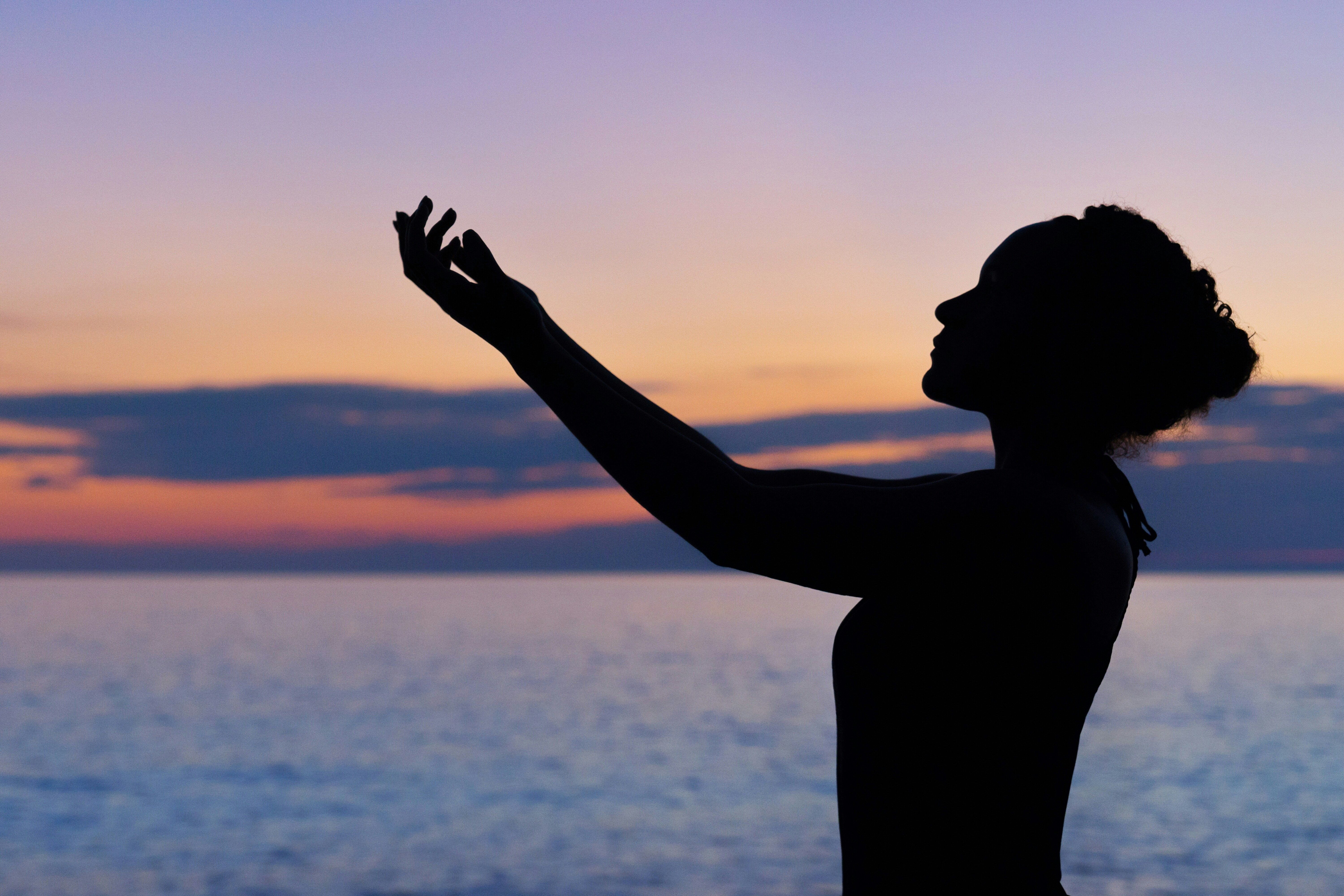
Conclusion
Thankfully, small steps of progress are happening. For example, TikTok now censors content when a user searches words like ‘self-harm’ and directs them to places they can get support. And there more dedicated online platforms, like Kooth, to promote young peoples wellbeing.
By being aware of the negatives of mental health TikTok, we can begin to make more informed choices to help us heal. It’s not perfect, but it is a start.
Social media is a plaster, that can give us hope that we can get through this. Most importantly, it’s a distraction from what we’re going through. What we can’t do, is let social media distract us from active healing techniques. For me, that looks like creating art, finding the courage to write down my feelings and spending time with the people I love.
To anyone finding solace in social media, take breaks and stay cautious of what you’re taking in. First and foremost, remember to listen to your own heart. Be proud of yourself for being on your own healing path.
Healing is more difficult than a few swipes. But the one person who knows what you need, is you.
If you’re going through a tough time, here are some trusted mental health websites where you can access information and support. There may also be mental health services specific to your local area.
UK: Mind- information and support
Australia: Mental Health Australia
Bibliography
Shout- About Us https://giveusashout.org/about-us/about-shout/
Royal College of Psychiatry- ‘Hidden waits force more than three quarters of mental health patients to seek help from emergency services’
Plushcare- ‘How Accurate is Mental Health Advice on TikTok?’
British Association of Counselling and Psychotherapy- ‘The big issue: Mental health and the TikTok effect’
https://www.bacp.co.uk/bacp-journals/therapy-today/2023/april-2023/the-big-issue/
Statistica- “Distribution of TikTok audiences in the United States as of June 2023, by age group”https://bobcaton.com/lander/bobcaton.com/?_=%2Fstatistics%2F1398214%2Ftiktok-us-audience-by-age%2F%23fSt%2FoiuCuGCE7wk7q0o5ZInIRHy7W4A%3D


